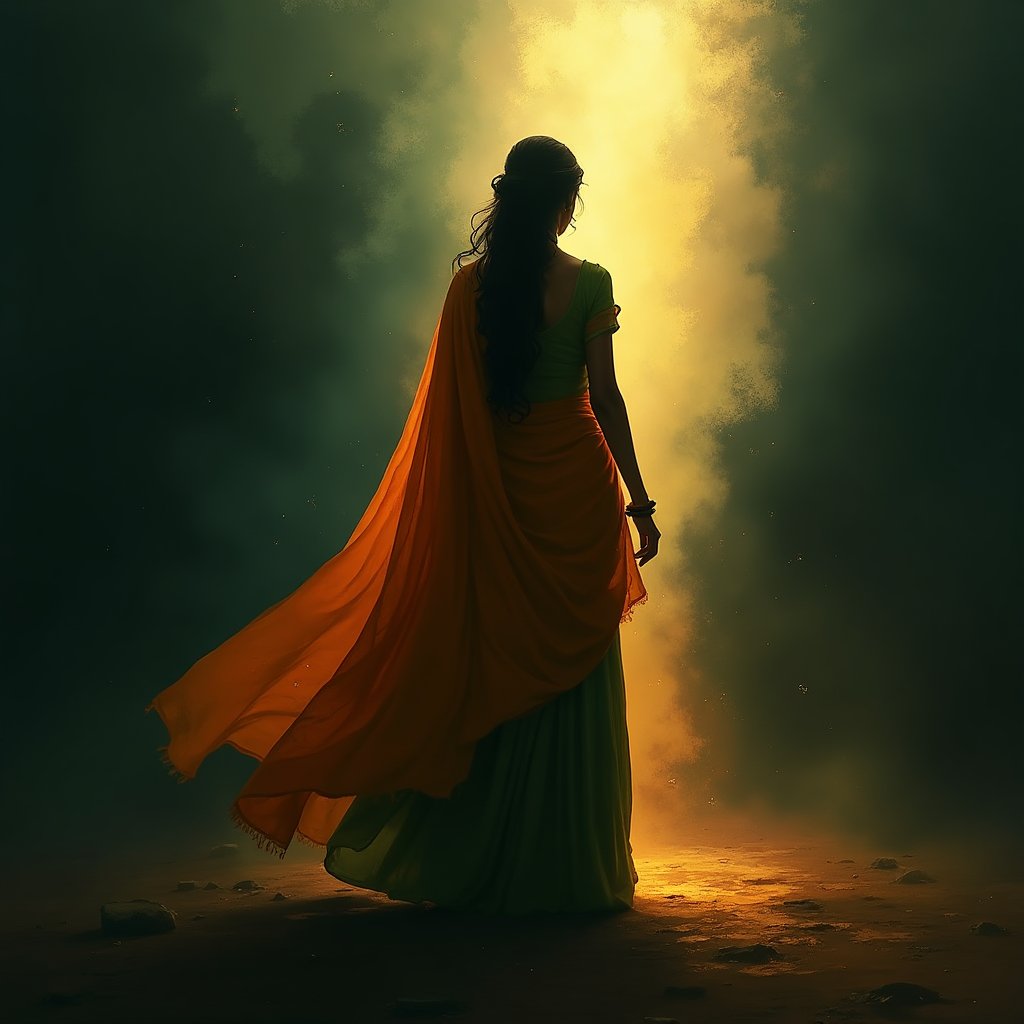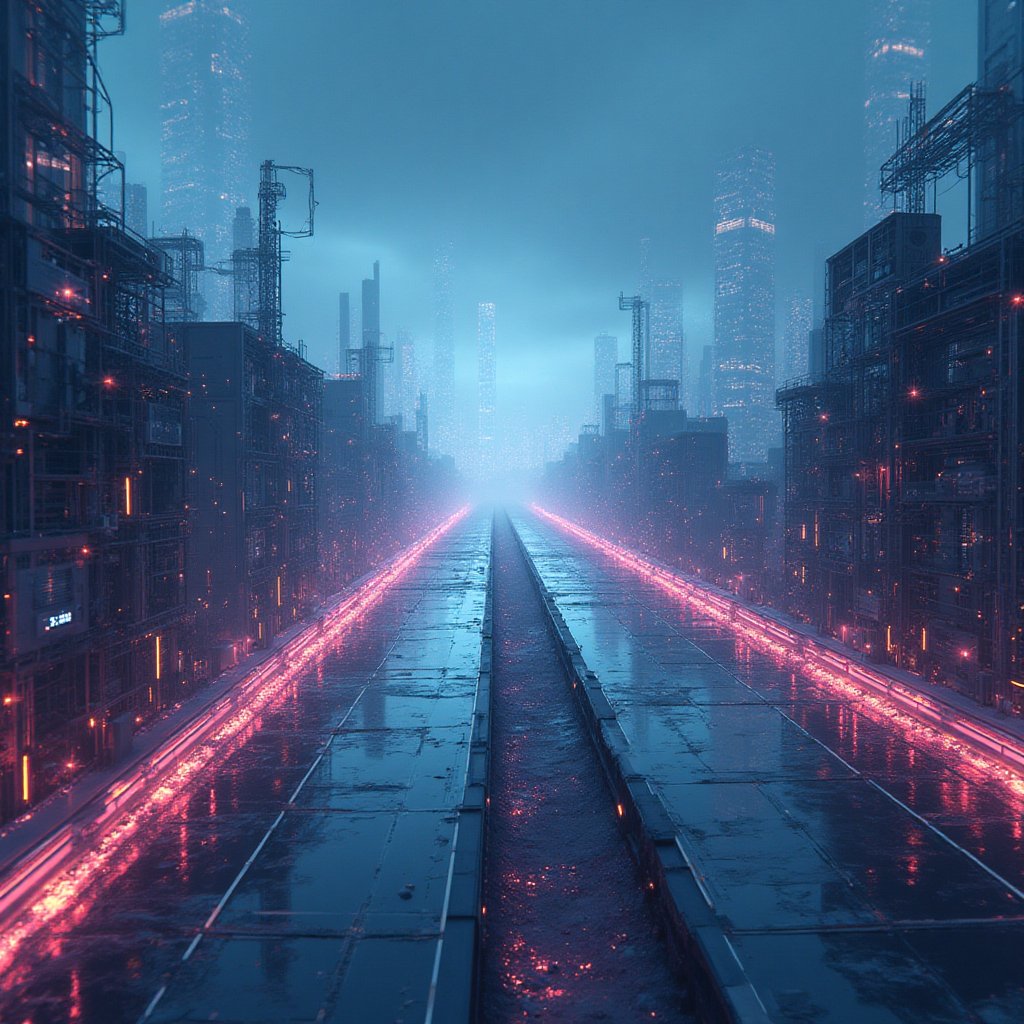India has long been regarded as a nation on the rise, a burgeoning superpower with a rich cultural heritage and vibrant democracy. Yet beneath its surface, a pervasive threat looms large: sexual violence. With national law changes and global protests seemingly unable to stem the tide, India, tragically, remains one of the world's most dangerous places for women and young girls. This critical issue was recently highlighted in a powerful video by DW Documentary, prompting us to ask: why is sexual violence rampant, and what can be done to stop it?
As we plunge into this discussion, it becomes evident that the plight of victims is exacerbated by systemic failures, rampant societal stigma, and deep-seated patriarchal norms. But what if this deep-rooted issue isn't just a moral dilemma? What if it's about the very essence of freedom and hope being stripped away? Let's unmask the layer of complexities and explore the tough questions we must ask to forge a path toward change.
The Stark Reality: A Nation in Crisis
The video by DW Documentary doesn't hold back. With heart-wrenching narratives like that of six-year-old Masoom from Madhya Pradesh and 14-year-old Chandralekha from the notoriously marginalized Dalit community, the documentary turns a spotlight on victims of sexual crimes. These are not just statistics — they're stories, individual lives upturned by heinous acts.
Masoom's innocence was shattered in her village when a man she thought she could trust betrayed her. Her grandmother, Sultana, echoes a collective heartache: "That joy and brightness have vanished from her face since the incident." The pain is palpable, a flame of hope extinguished far too soon. Yet in these narratives are also countless untold stories of defiance, courage, and determination against a seemingly impenetrable system.
The Crushing Weight of Caste and Patriarchy
Intertwined with the beast of sexual violence is India's equally pernicious caste hierarchy. Chandralekha's experience sheds light on how caste plays a pivotal role in the violence directed toward women. Her assailant, an upper-caste man, wielded societal power to intimidate and coerce. Alas, Chandralekha’s story is not unique. A 2020 report reinforces the dire reality that Dalit women are frequently targeted by upper-caste men, using rape as a tool of oppression.
The equation seems crookedly simple: higher caste equals leverage, lower caste equals vulnerability. And in a patriarchal society where women's voices are suffocated, the imbalance becomes ever more grotesque. Men like Ramgopal exploit these power dynamics with impunity, often shielded by a lack of legal accountability and societal action.
Justice Delayed, Justice Denied
Let's face it: India has laws that should protect women, such as the Protection of Children from Sexual Offences (POCSO) Act. Yet, justice often seems elusive. Legal scholar Vaibhav Bhatnagar highlighted the issue in the documentary, stating that low conviction rates are often the result of inadequate police investigations and systemic delays. The finger
Disclaimer: This article may contain affiliate links. If you click on these links and make a purchase, we may receive a commission at no additional cost to you. Our recommendations and reviews are always independent and objective, aiming to provide you with the best information and resources.
Get Exclusive Stories, Photos, Art & Offers - Subscribe Today!
























Post Comment
You must be logged in to post a comment.